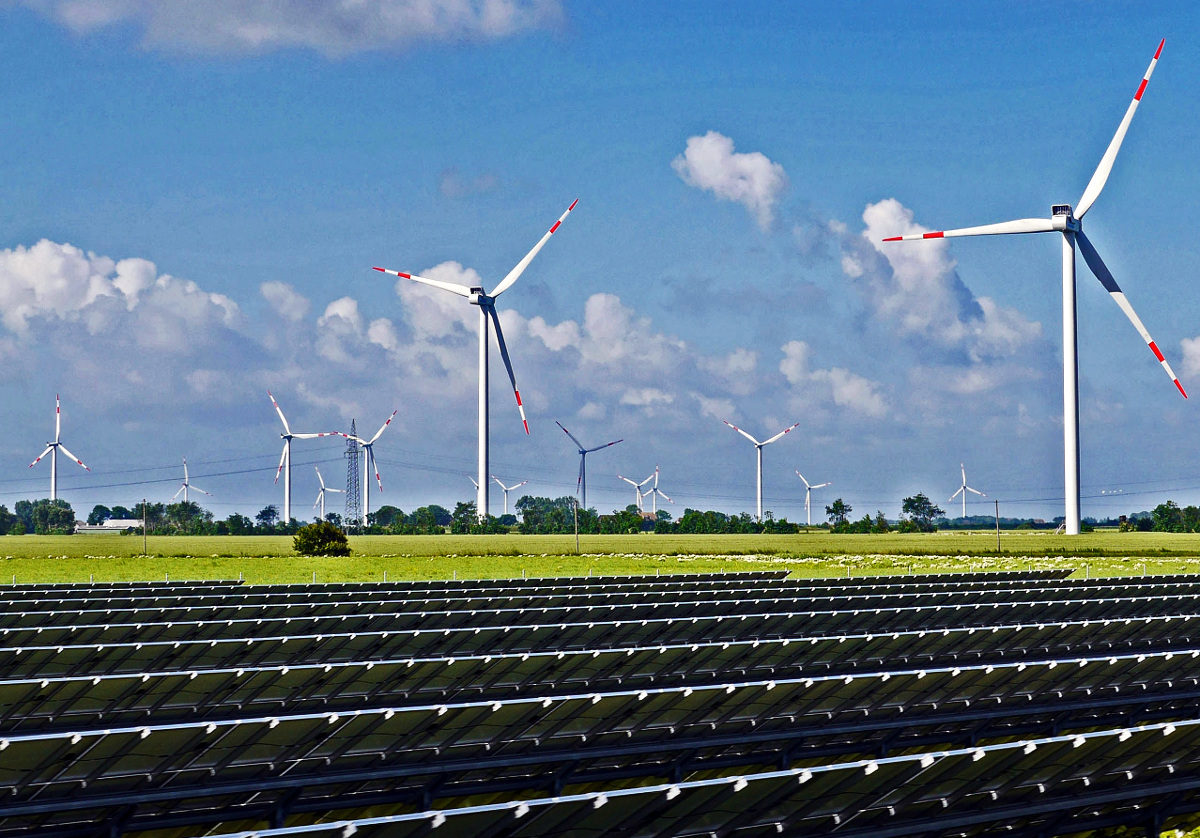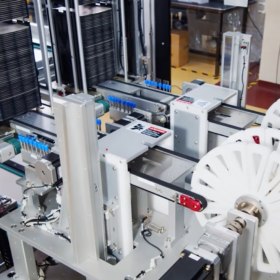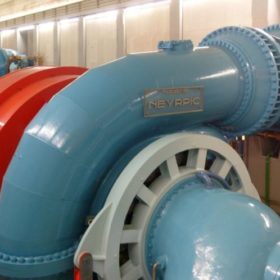India will account for nearly one‐quarter of the global energy demand growth from 2019-40, the largest of any country. As the energy demand swells, the nation’s combined import bill for fossil fuels would triple over this period, with oil making up by far the largest component of the total, according to a new report released today by the International Energy Agency.
The report, titled The India Energy Outlook 2021, looks at how best India can meet that swelling energy demand without adding to costly energy imports, air pollution, and greenhouse gas emissions.
The report says India has the tremendous opportunity to successfully meet its citizens’ aspirations without following the high-carbon pathway that other economies have pursued in the past.
It proposes a model for low-carbon, inclusive growth under Sustainable Development Scenario that leads India towards net-zero emissions in the mid‐2060s while ensuring energy security for the nation.
Sustainable path
The report notes that India is already a global leader in solar power – and solar combined with batteries will play a massive part in India’s energy future. But, it says, India will need a whole host of technologies and policies to chart a sustainable path for energy security as within 20 years, the majority of India’s emissions, under stated policy settings, would come from power plants, industrial facilities, buildings and vehicles that do not exist today.
Based on India’s current policy settings, it projects nearly 60% of the nation’s CO2 emissions in the late 2030s from infrastructure and machines that do not exist today.
While the nation’s policy is already geared towards promoting renewable energy and energy efficiency, the report highlights that, under the more sustainable course, the nation would need to address the critical challenge of the industrial sector through efforts like more widespread electrification of processes, greater material, and energy efficiency, the use of technologies like carbon capture, and a switch to progressively lower-carbon fuels.
Electrification, efficiency, and fuel switching are also the main tools for the transport sector, alongside a determined move to build more sustainable infrastructure and shift more freight onto India’s soon-to-be-electrified railways. These transformations – on a scale no country has achieved in history – require huge advances in innovation, strong partnerships and vast amounts of capital, the report adds.
Cost to benefits
The report estimates that under the sustainable development scenario, India would need $1.4 trillion of additional funding for clean energy technologies over the next 20 years (2019-40)—an amount 70% higher than in a scenario based on its current policy settings.
It states the nation would need “a huge reallocation of capital in the sustainable development scenario in favour of low‐carbon fuels and technologies, with solar and wind alone attracting an average of $35 billion investment spending per year in the period 2030‐40, an almost threefold increase on today’s levels. Renewable integration challenges also call for far more spending on electricity networks.”
“The additional investment needed is, however, offset by reduced spending on oil due to transportation electrification and tighter efficiency standards: this translates into a 15% fall in India’s oil imports and a consequent saving between 2019 and 2040 of $1.4 trillion compared with that in the stated policy settings,” it adds.
This content is protected by copyright and may not be reused. If you want to cooperate with us and would like to reuse some of our content, please contact: editors@pv-magazine.com.









IEA is well known for “Protecting Assets” (mostly Fossil and Nuclear) than Protecting Lives and Suffering… of…. YOU & ME…
By failing to criticize this “IEA Study” pvmagazine is promoting and “condeming” India and its Residents/Citizens to a POLLUTION-FULL FUTURE…. You should be ashamed….